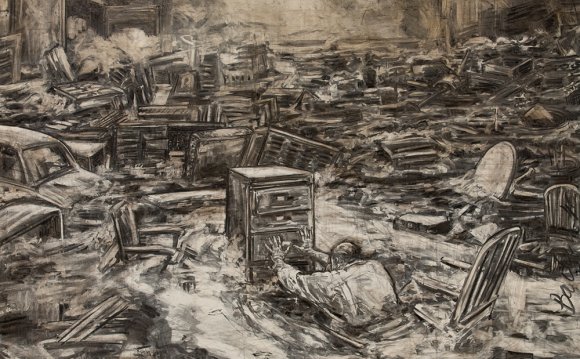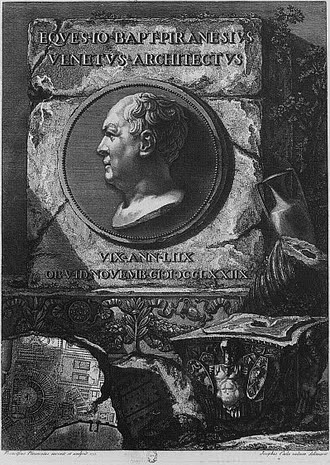
After revolutionizing record covers into the sixties and 1970s, legendary cartoonist and counterculture symbol R. Crumb (b. August 30, 1943) sought after his creative kin an additional world of art, traversing the boundaries of life and death to embark on a number of posthumous “collaborations” with of literature’s most revered irreverents. He illustrated two quick publications by Bukowski, visualized Philip K. Dick’s hallucinatory exegesis, and adapted Sartre into a comic.
But their greatest, most grimly marvelous contribution to your literary canon included the 2007 release of Kafka (public library) — a succinct and illuminating biography by David Zane Mairowitz, addressing anything from Kafka’s the difficult commitment with his emotionally abusive daddy to his concern with females to his lifelong romance together with very own death into the social misconceptions where term “Kafkaesque” is mired.
In a single specifically poignant passageway, Mairowitz examines Kafka’s conflicted sense of identification — a function of the core individual tendencies Margaret Mead and James Baldwin so elegantly captured years previously — and views the author’s coping components amid Prague’s anti-Semitic social climate:
Franz Kafka ended up being never ever some of those harassed or outdone upon the roads because he had been, or simply just looked like, a Jew. Yet, but much he might have retired into himself and pushed these activities away from direct reach, it could have-been impossible, for most Jews, to absent himself intellectually through the collective fate.
Like all assimilated Jews, among the things he had to “assimilate” had been a measure of “healthy anti-Semitism.” Most Jews of that time (or just about any other) soaked up the day-to-day menace of anti-Semitism and turned it inwards toward on their own. Kafka was no exclusion to feelings of Jewish self-hatred.
But sooner or later, perhaps the many hateful of Jewish self-hatreds has got to turn around and laugh at itself. In Kafka, the duality of dark melancholy and hilarious self-abasement is almost constantly at work. “Kafkaesque” is usually distended with notions of horror and sour anguish. But Kafka’s tales, but grim, are usually in addition … funny.
These grim parallels between Kafka’s existed knowledge along with his fictional worlds proceeded until their death, even through his last moments — in Summer of 1924, while dying of tuberculosis-induced starvation, he was hectic correcting the galley-proofs for their story collection A Hunger singer, the book which almost a year later on he never existed to see.
Complement the Crumb-crusted Kafka aided by the famous author on what publications do for human heart, his stunning and heartbreaking love letters, and My very first Kafka, a most uncommon and imaginative adaptation of Kafka for young ones.

 Giovanni Battista (also Giambattista) Piranesi (4 October 1720 – 9 November 1778) was an Italian artist famous for his etchings of Rome and of fictitious and atmospheric "prisons" (Carceri d'Invenzione).
Giovanni Battista (also Giambattista) Piranesi (4 October 1720 – 9 November 1778) was an Italian artist famous for his etchings of Rome and of fictitious and atmospheric "prisons" (Carceri d'Invenzione).







